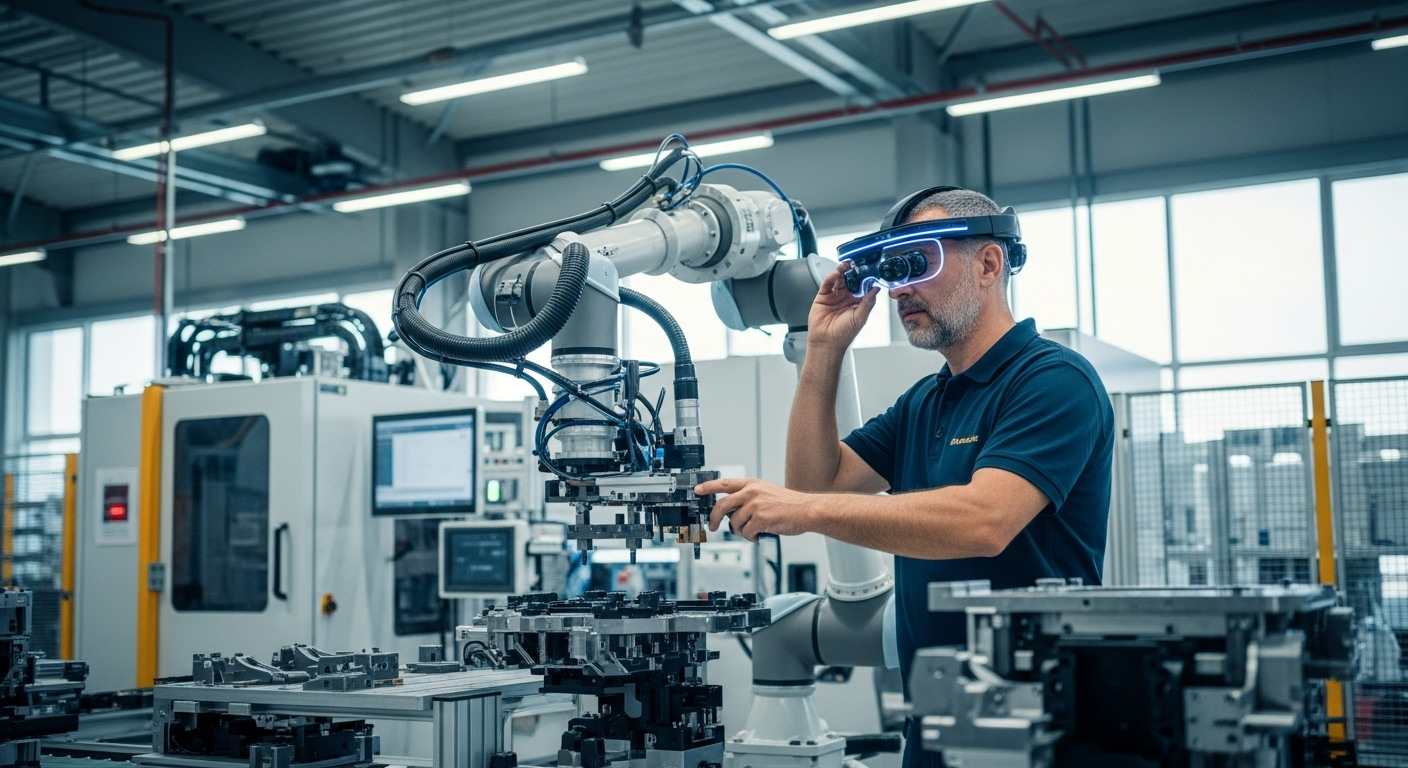Food Packing Equipment: Latest Tech And Innovation In The Food Packing Industry
The food packing industry has undergone remarkable transformation over the past few decades, evolving from manual labor-intensive processes to highly automated systems driven by cutting-edge technology. Modern food packing equipment now incorporates artificial intelligence, robotics, and sustainable materials to meet growing consumer demands for safety, efficiency, and environmental responsibility. Understanding these advancements helps businesses stay competitive while ensuring product quality and compliance with stringent food safety standards across global markets.

The evolution of food packing equipment represents one of the most significant industrial transformations of our time. As consumer expectations rise and regulatory requirements become more stringent, manufacturers continuously innovate to deliver solutions that balance speed, precision, safety, and sustainability. This article explores how food packing technology has progressed from its humble beginnings to today’s sophisticated automated systems, and examines the latest innovations shaping the future of the industry.
Food Packing Equipment In Its Early Days
The earliest food packing operations relied almost entirely on manual labor and basic mechanical tools. Workers would hand-fill containers, seal packages using simple heat-sealing devices, and label products individually. These early systems were slow, inconsistent, and prone to contamination risks. Glass jars, tin cans, and paper wrapping dominated the packaging landscape, with minimal automation beyond conveyor belts that transported products between stations. Quality control depended heavily on visual inspection by workers, leading to variable standards and occasional safety concerns. The lack of standardization meant that packaging speeds varied significantly, limiting production capacity and increasing labor costs. Despite these limitations, these foundational methods established the basic principles that would guide future innovations in the industry.
Food Packing Equipment Now
Contemporary food packing equipment bears little resemblance to its predecessors. Modern facilities utilize integrated systems that combine multiple functions into seamless production lines. Automated filling machines can handle liquids, powders, and solid products with precision measured in milliseconds. Advanced sealing technologies ensure airtight packaging that extends shelf life while maintaining product freshness. Vision systems equipped with high-resolution cameras inspect every package for defects, foreign objects, or labeling errors at speeds exceeding hundreds of units per minute. Robotic arms handle delicate products without damage, while programmable logic controllers coordinate complex sequences across entire production floors. These systems significantly reduce human error, minimize contamination risks, and dramatically increase throughput. Additionally, modern equipment offers flexibility to switch between different product types and package sizes with minimal downtime, allowing manufacturers to respond quickly to market demands and seasonal variations.
Latest Tech And Innovation In The Food Packing Industry
The current wave of innovation in food packing equipment centers on several key technological frontiers. Artificial intelligence and machine learning algorithms now optimize production parameters in real-time, predicting maintenance needs before equipment failures occur and adjusting processes to maximize efficiency. Smart sensors monitor temperature, humidity, and other environmental factors throughout the packing process, ensuring consistent quality and compliance with food safety regulations. Sustainable packaging solutions have become a major focus, with equipment designed to work with biodegradable materials, recyclable plastics, and plant-based alternatives that reduce environmental impact. Nanotechnology applications create barrier coatings that protect food from oxygen and moisture without adding bulk to packaging materials. Internet of Things connectivity enables remote monitoring and control, allowing operators to manage multiple facilities from centralized locations and gather data for continuous improvement initiatives. Collaborative robots work safely alongside human workers, handling repetitive tasks while employees focus on quality oversight and problem-solving. Modified atmosphere packaging systems precisely control gas mixtures within packages to extend freshness for perishable items. Blockchain integration provides complete traceability from production through distribution, enhancing food safety and enabling rapid response to potential contamination events. These innovations collectively represent a fundamental shift toward smarter, more sustainable, and more responsive food packing operations that meet the demands of modern consumers and regulatory bodies alike.
The integration of these advanced technologies requires significant investment in equipment, training, and infrastructure. Manufacturers must carefully evaluate their specific needs, production volumes, and product characteristics when selecting packing equipment. Factors such as package size variability, product sensitivity, regulatory compliance requirements, and future scalability all influence equipment choices. Many companies adopt phased implementation strategies, gradually introducing automation and advanced features as they demonstrate return on investment and operational benefits.
Looking ahead, the food packing industry continues to push technological boundaries. Emerging developments include augmented reality systems for equipment maintenance and operator training, 3D printing of custom packaging components on demand, and advanced antimicrobial surfaces that further reduce contamination risks. As global food supply chains become more complex and consumer expectations continue to evolve, food packing equipment will play an increasingly critical role in ensuring safe, efficient, and sustainable food distribution worldwide. The ongoing convergence of digital technologies, materials science, and automation promises to deliver even more remarkable innovations in the years ahead, fundamentally reshaping how food products move from production facilities to consumers around the globe.




